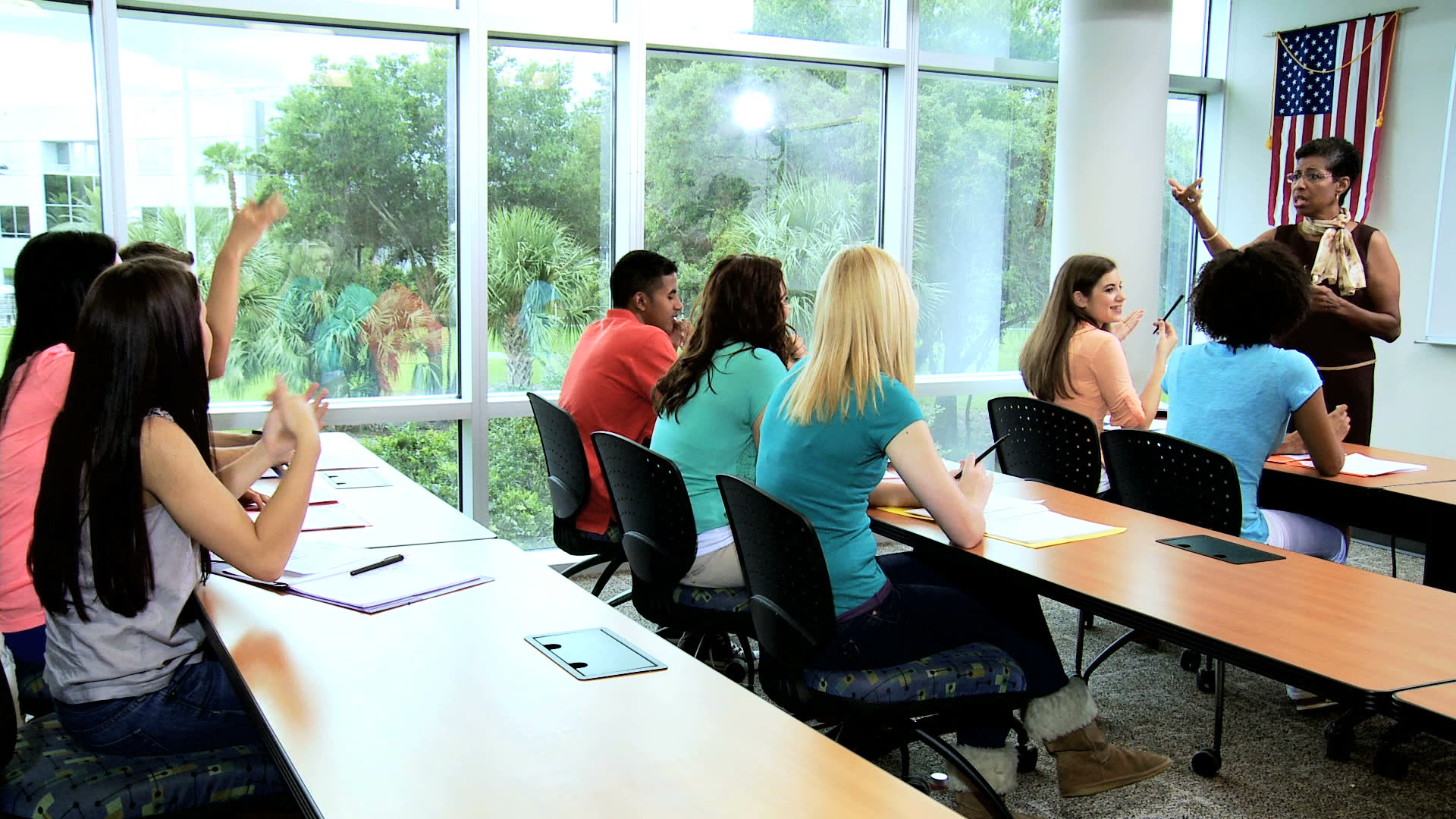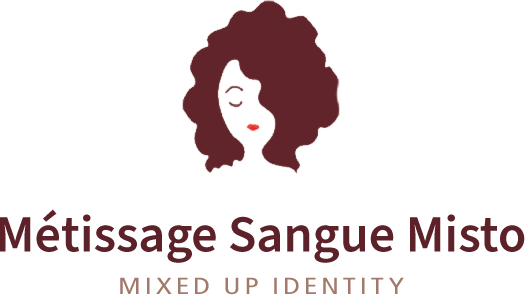I recently received a new book, Early Childhood Development: a Multicultural Perspective (6th ed.), by Jeffrey Trawick-Smith, published in 2014. (I get to review all sorts of new books as a college professor). In this book there is an extensive section on gay and lesbian families. Here the author reports that children of gay and lesbian families who are confident and proud of their unique relationships are self-assured and perform well in school. Further, according to the latest research, these families received support and encouragement from their children’s schools and teachers. Their teachers were open, relaxed, and made a point of including a diversity of family structures and styles in their lessons and class discussions.
The discussion and advice for schools and teachers reminded me of the research on multiracial families and their children, and my own work on stressing how these families and children need to be supported by schools and teachers. After reading this section of the book, I excitedly looked for the section of the book that addressed the unique needs of multiracial children and their families, and how teachers and schools need to challenge the traditional, conservative, orthodox American views of racial categories and single-race families. I expected to find an entire section on the deconstruction of race as we have traditionally understood it, and a lengthy discussion of the emergence of healthy individuals who embrace their full racial and ethnic heritage, and are proud and confident of their unique, multiracial identity. After all, the subheading of the book is, “a multicultural perspective”.
No such luck!
The only mention of biracial families or children in the book (there is no discussion of multiracial or multiethnic children or families) is a misuse of the term, which is used to describe transracial adoption. Obviously the writer (and editor) of any book has the right to decide on the book’s content (as I know, as a writer of 8 textbooks). However, in my experience, the omission of any discussion of multiracial families and children in a book on child development clearly shows that this book lacks a multicultural perspective. One can speculate why multiracial children and multiracial families are not included in a book professing to be multicultural; my own view is that, by acknowledging and embracing people with more than one racial or ethnic background, the author would upset the entire definition and structure of orthodox multiculturalism: whites versus people for color, and diversity by group belonging.
The tragedy of this omission is that teachers using this book in their college classes will not learn how to support, empower, and encourage multiracial children and their families. And thus parents of multiracial children will continue to struggle with school administrators, social workers, and teachers who have no understanding of the unique needs of these children, or of how to meet these needs.
And this is tragic, because our children and families need understanding, supportive teachers and other school staff. A recent incident in the high-powered Cherry Creek School District, in suburban Denver, illustrates my point. This upscale district, with the highest test scores in Colorado, knows very little about diversity, and nothing about multiracial families.
A friend of mine with a biracial child attended a meeting at her child’s elementary school in the district. The meeting was held to address the needs of minority families and their children in a very white, upper-class school district. The meeting was led by a Black, volunteer parent, who is a part-time instructor at a local college: Metropolitan State College. She presented a program that focused on the need for solidity and unity among the black families in the district, including biracial families. Other Black members of biracial families attending the meeting said nothing. However, my white friend, who has worked extremely hard to help her child accept and embrace both parts of her racial heritage, objected.
However, before she could even explain her reasons, the diversity expert said, “I don’t need to hear your opinion. Because of white privilege, your views are not welcome in this meeting”.
Here is not the place to discuss the contradictory issues that surround the white privilege philosophy. However, to accuse the white mother of a biracial child (whose father in not in the picture) of any kind of privilege, is absurd! This mother has worked diligently to make sure the school acknowledges and embraces her full identity, including her Black heritage. And to silence someone’s opinion simply because of the color of their skin is absolutely crazy!
Incidentally, not only is this a public school in a public school district, and the diversity expert is a teacher at a local public college, but my wife and I support this district through our property taxes.
Clearly from this incident, our teachers (and administrators) need information about how to support multiracial families and their children. They also need to make sure that whomever they allow to lead diversity trainings in their school understand the unique needs of this emerging population. The book, Early Childhood Development: a Multicultural Perspective, by Jeffery Trawick-Smith, not only does a tremendous disservice to students studying to become teachers, but also to multiracial students and their families. The author should be ashamed, as should the publisher: Pearson.
Francis Wardle, PhD
www.http://csbchome.org



